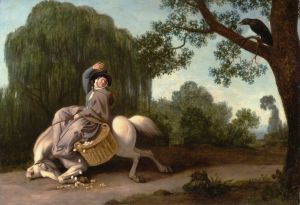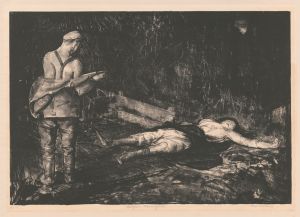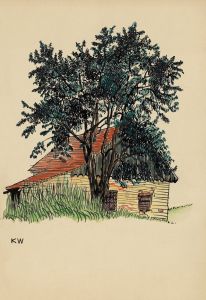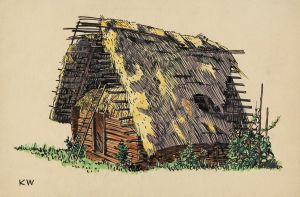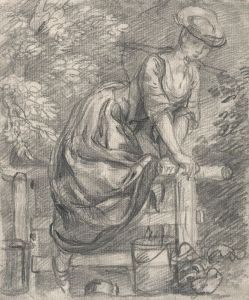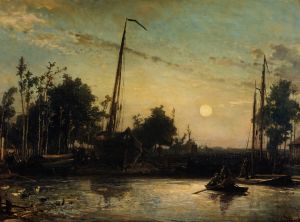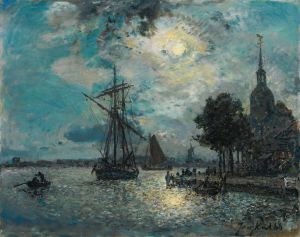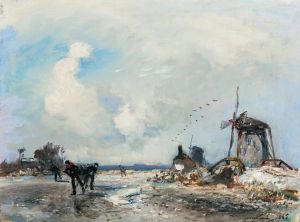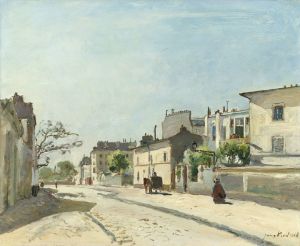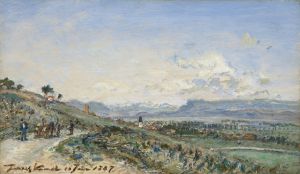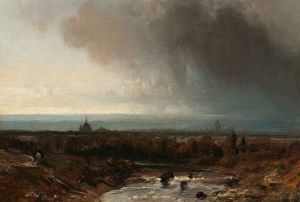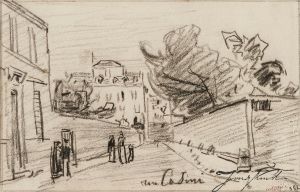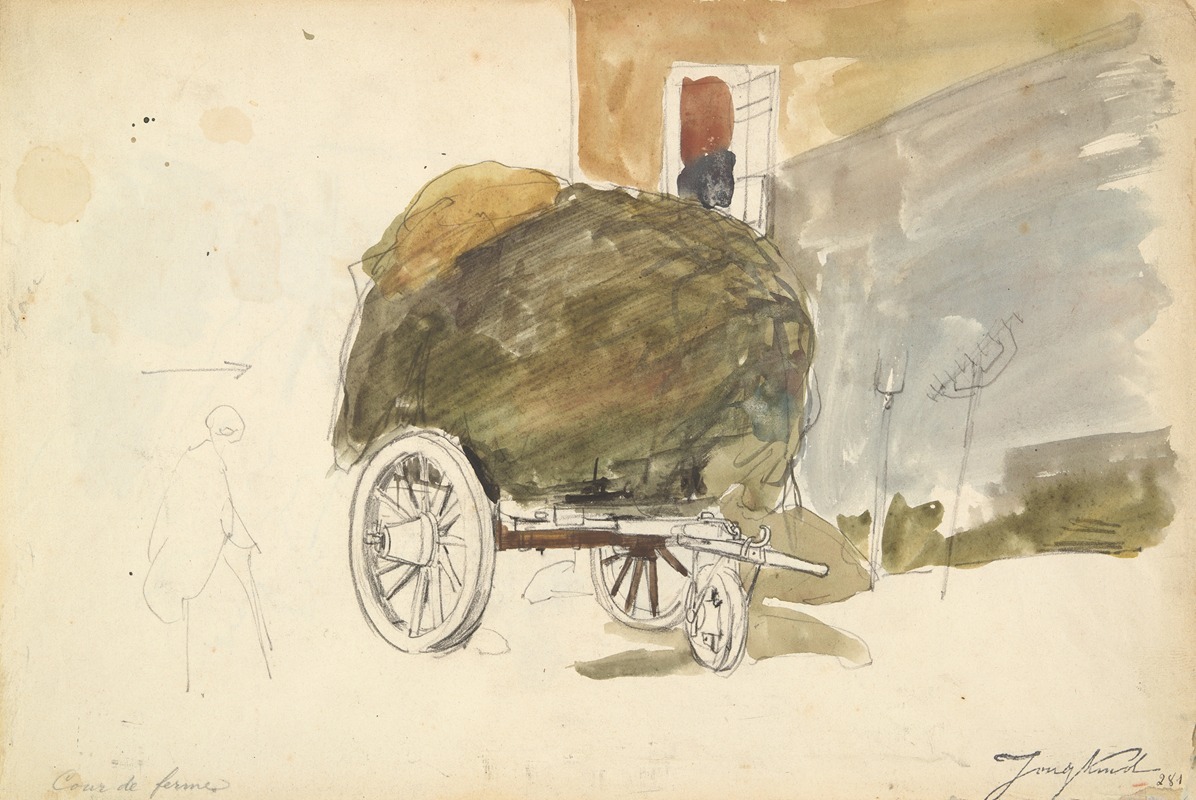
Haywagon in a Farmyard
A hand-painted replica of Johan Barthold Jongkind’s masterpiece Haywagon in a Farmyard, meticulously crafted by professional artists to capture the true essence of the original. Each piece is created with museum-quality canvas and rare mineral pigments, carefully painted by experienced artists with delicate brushstrokes and rich, layered colors to perfectly recreate the texture of the original artwork. Unlike machine-printed reproductions, this hand-painted version brings the painting to life, infused with the artist’s emotions and skill in every stroke. Whether for personal collection or home decoration, it instantly elevates the artistic atmosphere of any space.
Johan Barthold Jongkind was a Dutch painter and printmaker, known for his significant influence on the Impressionist movement. Born in 1819 in the Netherlands, Jongkind spent much of his career in France, where he developed a distinctive style characterized by his use of light and color. His works often depicted landscapes, rivers, and rural scenes, capturing the essence of the natural world with a keen eye for atmospheric effects.
"Haywagon in a Farmyard" is one of Jongkind's paintings that exemplifies his skill in portraying rural life. While specific details about this painting, such as its creation date or current location, are not widely documented, it is consistent with Jongkind's thematic focus on pastoral scenes and his ability to convey the tranquility and simplicity of the countryside.
Jongkind's technique often involved painting en plein air, or outdoors, which allowed him to observe and capture the changing effects of light and weather on the landscape. This approach was revolutionary at the time and laid the groundwork for the Impressionists, who would later expand upon these ideas. In "Haywagon in a Farmyard," Jongkind likely employed this method to render the scene with immediacy and authenticity.
The painting itself would typically feature a haywagon, a common sight in rural farmyards, surrounded by elements of a farm setting. Jongkind's use of color and light would bring the scene to life, highlighting the textures of the hay, the wooden structure of the wagon, and the natural surroundings. His brushwork, often described as loose and fluid, would contribute to the overall impression of movement and vitality within the composition.
Jongkind's influence on the Impressionists cannot be overstated. Artists such as Claude Monet and Camille Pissarro admired his work and were inspired by his innovative use of color and light. Monet, in particular, credited Jongkind with teaching him how to see and interpret the natural world, which became a cornerstone of the Impressionist movement.
Throughout his career, Jongkind remained dedicated to capturing the beauty of the natural world, whether through scenes of bustling harbors, serene rivers, or quiet farmyards. His ability to convey mood and atmosphere through his paintings earned him a lasting place in art history.
While "Haywagon in a Farmyard" may not be as widely recognized as some of Jongkind's other works, it nonetheless reflects the artist's mastery of landscape painting and his contribution to the evolution of modern art. His legacy endures through his influence on subsequent generations of artists and his role in the development of Impressionism.





